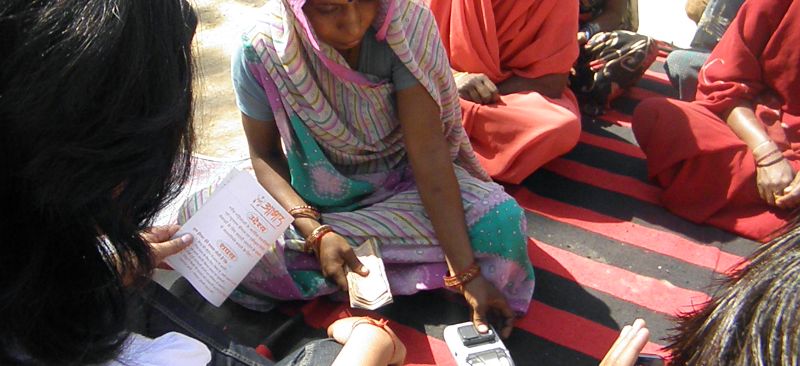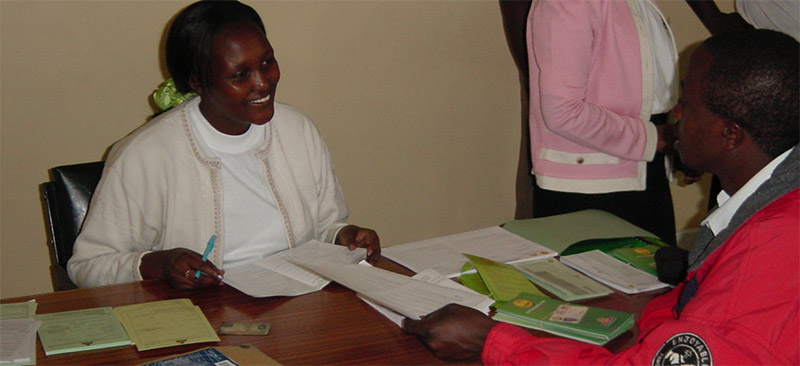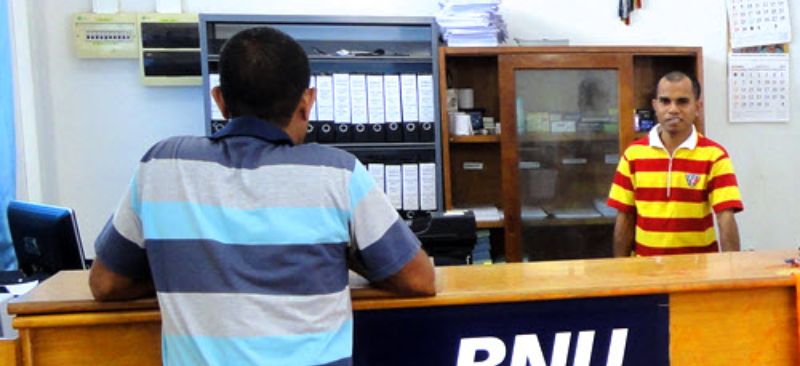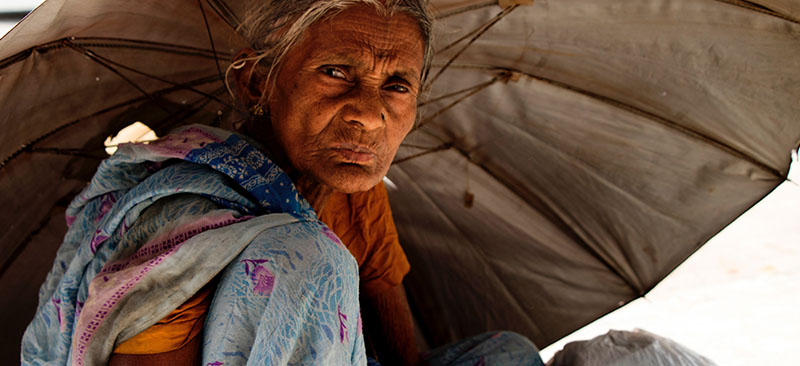“Business Correspondent (BC) model is quite often considered onerous by banks and is taken as a burden thrust on them by the regulator and policy makers. Low-income consumer segments, BCs as service providers, No Frills Accounts (NFAs) and bank’s portfolio of products are viewed in isolation of one-another and not as pieces of the same puzzle that, if put-together appropriately, can address the wide ranging financial needs of the low-income unbanked or under-banked.
This Note examines various enabling factors that can accelerate profitability for the banks and viability and sustainability for the BCs.”





